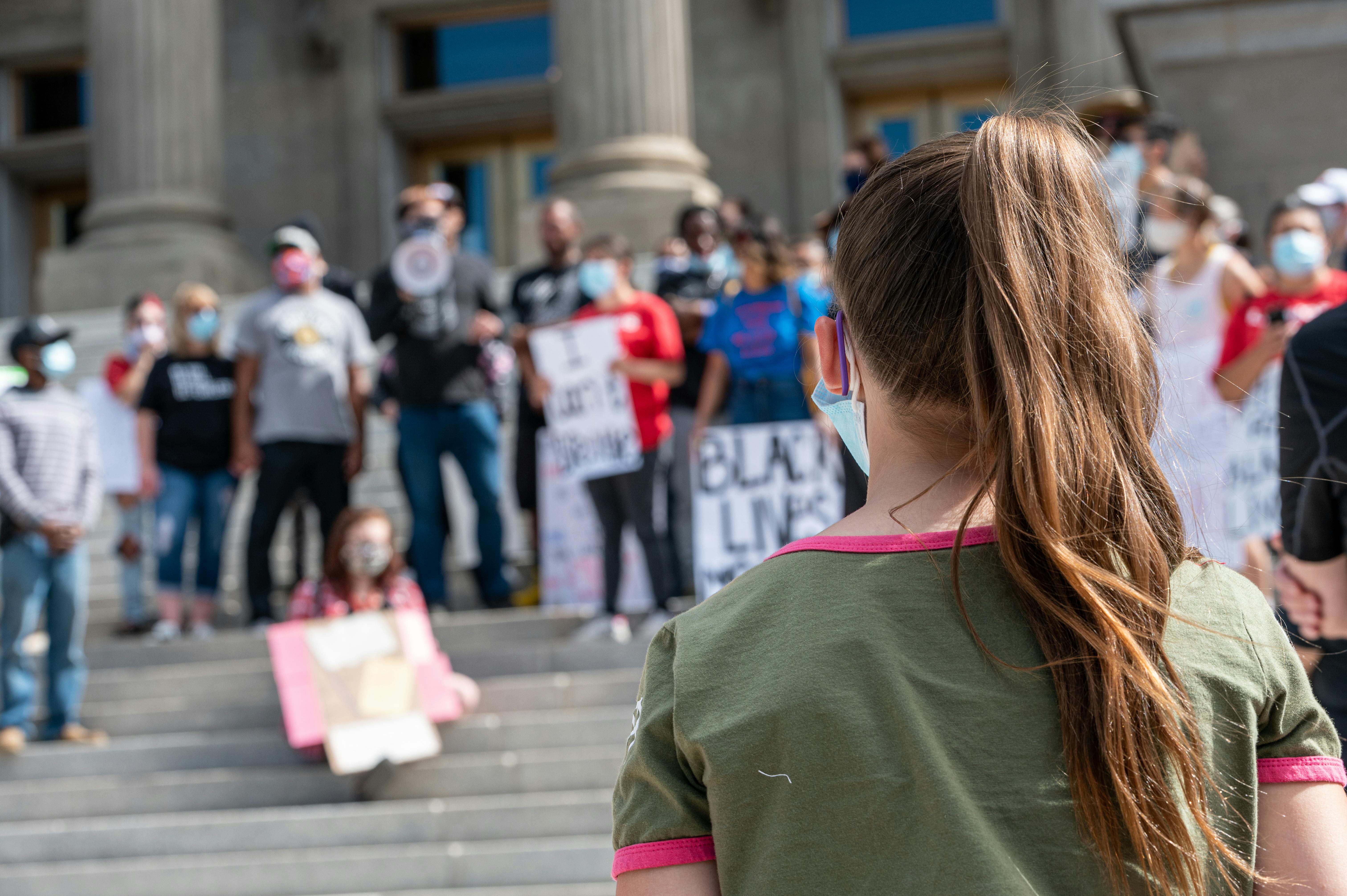
Beat New York City Traffic Tickets
Let’s discuss the difference between New York City and traffic courts in other parts of New York State. First of all, plea bargaining is not allowed in New York City. This hurts drivers with good records. In NYC it’s win or lose and if you lose you can’t explain your way to a smaller fine and lower points – you get the full penalty.
Second, New York City is civil in nature with a specialized administrative procedure found in DMV rules, while the rest of New York State has criminal procedure law (CPL) as the basis for a hearing. of traffic tickets that protects motorists much more than the DMV procedure. Third, the rules of evidence are relaxed in New York City, which helps police officers prove their cases based solely on hearsay evidence. For example, the police do not have to offer proof that the radar was properly calibrated in a speeding charge or that a traffic signal was properly placed and/or is operating in accordance with the DOT. This reduces an officer’s testimony to mere words and makes it very easy for him or her to prove their case.
Fourth, in New York City, the burden of proof on individuals is clear and convincing evidence rather than beyond a reasonable doubt. Therefore, in New York City, the police must establish the case at 51%, which makes it slightly more likely that you committed the crime. This makes it easier for the police to prove their case against a motorist. Fifth, the appeals process in New York City is civil and administrative in accordance with DMV rules and procedures, as opposed to criminal and more protective of the rights of motorists in most other parts of the world. condition. Typically, an appeal from an out-of-town traffic court goes to the appeal term composed of competent judges of the Supreme Court system. Appeals from New York City go to DMV attorneys or employees who generally uphold the administrative law judge’s decision at the trial level. Sixth, the general procedure in New York City is to emphasize speed and efficiency over justice and concern for the rights of the accused.
One right you have in both places is the right to an attorney. This is crucial to prevailing in New York traffic court.
What can a lawyer do in New York? First, an attorney may be thoroughly familiar with substantive traffic law which in New York State is generally found in the Vehicle and Traffic Law or VTL. Let’s take the VTL section 1111D1 as an example. That’s a red light supply from New York. The officer must demonstrate by clear and convincing evidence (51%) that they ran a steady red light in New York City.
The police must declare:
1. the light worked before and after a stop,
2. traffic conditions,
3. weather conditions,
4. type of light if it was circular or an arrow,
5. road conditions,
6. emergency vehicles or other officials.
The police officer who issued your citation must state at least all of these elements of the crime. If the officer missed one of these items and the judge is fair, you are NOT guilty. The attorney must really know the substantive law and the points of each offense to emphasize with each particular judge in New York traffic court.
It is possible to prevail in New York traffic court. In fact, with an attorney representing you, more often than not your case will be dismissed. You can do it yourself if you want, but in New York City, the professional driver or those who want to save points and money usually use a lawyer who is usually very reasonably priced. Thank you for taking the time to read this article.